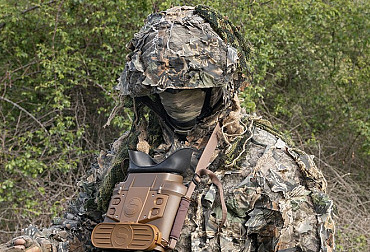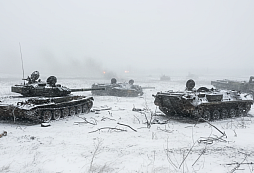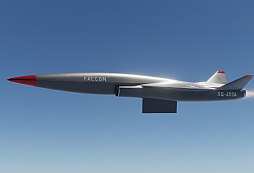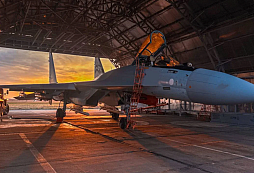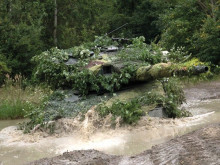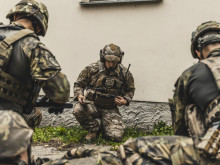Possibilities of using artificial intelligence in the Czech Armed Forces
Although the Czech Armed Forces are currently focusing mainly on rearmament in the field of conventional weapons, they are not forgetting about new technologies and the future of warfare. In particular, the Czech Army is focusing on the possibility of introducing elements of artificial intelligence, as confirmed by the recent first seminar dedicated to this topic.
The Long-term Defence Outlook 2035 on AI states the following: "When considering options for fulfilling the content of specific required capabilities, it will be appropriate to apply unconventional and novel approaches and to consider alternative solutions as well. This concept should be applied across the full spectrum of complexity and interdependence at the stage of non-materialised considerations at the human-technology-environment interface. Given the ever-accelerating pace of scientific and technological advances, it will be necessary to consider an increasing range of warfighting methods and the deployment of non-traditional weapons and weapon systems. Efforts will also need to focus on the development of the ability to operate in cyberspace and the adequate implementation of breakthrough technologies (e.g. unmanned and autonomous systems, robotics, cybernetics, artificial intelligence, nanotechnology, biotechnology, composite materials, detection technologies) within the framework of the construction, organisation and operational use of the armed forces".
The use of artificial intelligence in the armed forces was also the subject of the aforementioned seminar organised by the Czech Armed Forces in early April this year, when all those present agreed on the need to introduce elements of artificial intelligence into a wide range of systems and equipment. In the future, the Czech Army will not be able to avoid this area. However, the introduction of any new technologies into the armed forces is a lengthy and challenging process, as confirmed by Col. Jan Mazal Ph.D., Head of the Department of Robotics at the University of Defence, to whom we asked the following question:
In what timeframe do you think advanced systems equipped with AI algorithms may appear in the Army?
A certain group of these systems is already in operation, but the major increase in their presence is yet to come. It all depends on the willingness to invest in these systems and start using their results as soon as possible. Development-acquisition cycles in the Army derived from the small dynamics of the favorable security environment and were relatively long, generally from 3 to 7 years (research/study-development-deployment) sometimes longer. The current situation could have the effect of shortening these intervals, but it will not happen overnight. As a sober estimate, I estimate the presence of "highly" advanced systems in the Army within 5 years, if the momentum and will to invest in this area rapidly and massively holds.
Let's take a closer look at two areas where the introduction of AI elements might not be such a challenging process, as there are already some foundations in this area and the effect in the form of a significant increase in the capabilities of the Army could be immediate.
The first area is standby munitions, which have played and continue to play an important role in recent conflicts - in Libya, Syria, Nagorno-Karabakh and Ukraine. Depending on the type, standby munitions can use automatic target recognition technology operating on the basis of preset data and parameters, or they can operate in a fully autonomous mode, seeking out targets and striking them themselves. Its main advantage is the aforementioned autonomy and price/performance ratio. Standby munitions have applications in low-, medium- and high-intensity conflicts and can be integrated on a variety of platforms, from tracked vehicles to wheeled vehicles to unmanned ground vehicles.
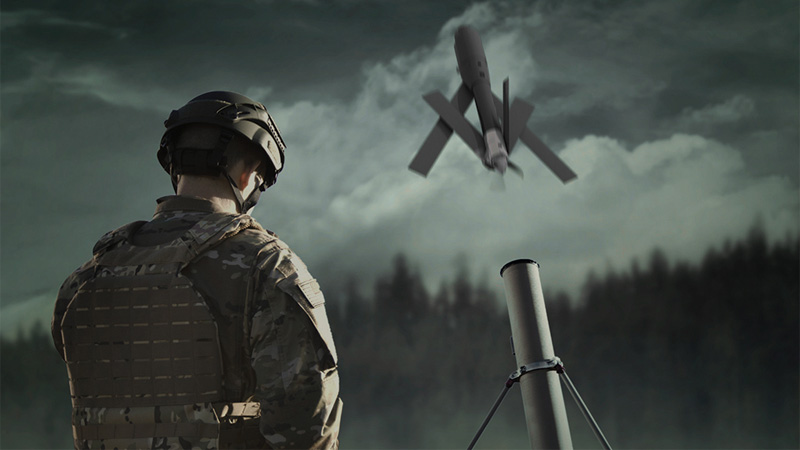 Picture: During the Nagorno-Karabakh war, the so-called standby munitions, better known as suicide or kamikaze drones, were deployed. (illustration photo) | AeroVironment
Picture: During the Nagorno-Karabakh war, the so-called standby munitions, better known as suicide or kamikaze drones, were deployed. (illustration photo) | AeroVironment
Czech industry could contribute to a large extent to the armament of the Czech Armed Forces with standby munitions. In addition to supplying thermobaric warheads, which have been mentioned in the past by the Military Technical Institute, other private companies and scientific institutions could be identified that could participate in these projects. Colonel Mazal commented on the research and development capabilities in the Czech Republic as follows:
Does the Czech Republic have the research capabilities (both public and private) to participate in the introduction of AI into the Czech Armed Forces? Can you mention some of them?
Of course, the Czech Republic has these capabilities and many are not even fully revealed yet. Given that AI is largely about algorithms and the interest or enthusiasm to develop this area, we are traditionally very strong here. Our academic and scientific institutions, or commercial firms, are among the world leaders in some segments, but to deploy their solutions in the military will usually require further development and adaptation, as the military environment is very conservative, specific, and places considerable demands on selected technology components.

Picture: Head of the Department of Military Robotics Col. of General Staff. doc. Ing. Jan MAZAL, Ph.D. | Ministry of Defence of the Czech Republic
If I have to name specific subjects, I will certainly forget many of them, but only quickly, e.g. speech processing (MUNI, ČZU), computer vision - satellite image analysis (CTU, SpaceKnow), search algorithms (CTU, VUT, VŠB) , big data processing (SemanticVisions) and so on, as evidenced by the successful participation of our academic institutions in international prestigious competitions and various awards, e.g. The Czech Republic is traditionally successful in international conferences oriented on AI and robotics (such as ICRA) and many other activities.
The second area for the introduction of AI elements into the Czech Armed Forces is unmanned ground vehicles capable of carrying a wide range of systems, including weapon systems. In this area, the Czech Army can use its own capabilities in the form of an automated Unmanned Ground Vehicle (UGV-Pz), which the Czech Army is currently testing. Thanks to its capabilities, the UGV-Pz may be a stepping stone to the introduction of robotic vehicles into the Czech Armed Forces. In this context, the TAROS project, which is a collaboration between VOP CZ and the University of Defence, should not be overlooked. According to the Ministry of Defence's Facebook post of 29 April 2022, work on the fourth generation of TAROS is already underway. In the field of robotic systems, one can turn to Estonia or Germany, among others, countries that are actively developing robotic vehicles.
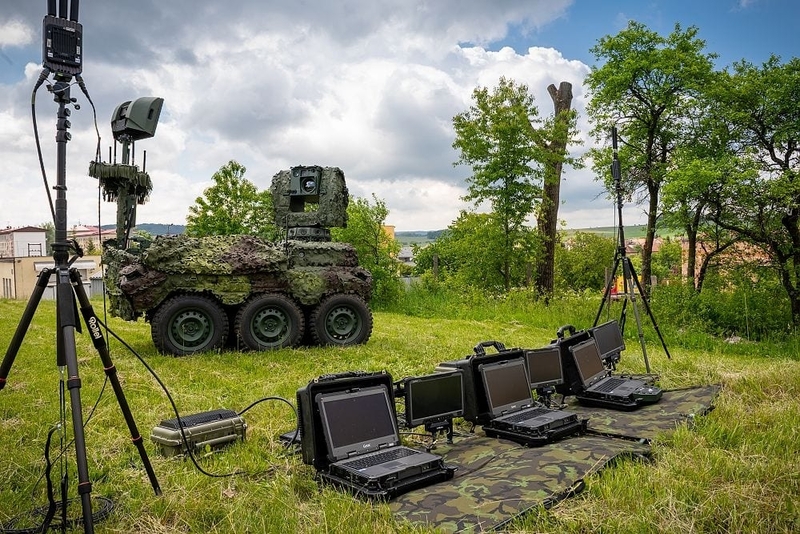 Picture: UGV-Pz and control set for two operators and commander | VTÚ
Picture: UGV-Pz and control set for two operators and commander | VTÚ
In the case of Estonia, this includes products from Milrem Robotics, where one of the latest developments is a tracked unmanned ground vehicle capable of countering unmanned vehicles. Milrem Robotics is also developing other versions aimed at carrying cargo or operating in firefighting units. The second case involves Germany's Rheinmetall, specifically its Canadian division, which is developing a wheeled unmanned vehicle, the Mission Master, designed to carry a variety of sensors and, in the future, to carry weapon systems. (Mention that a test of a 70 mm rocket launcher took place in 2019.)
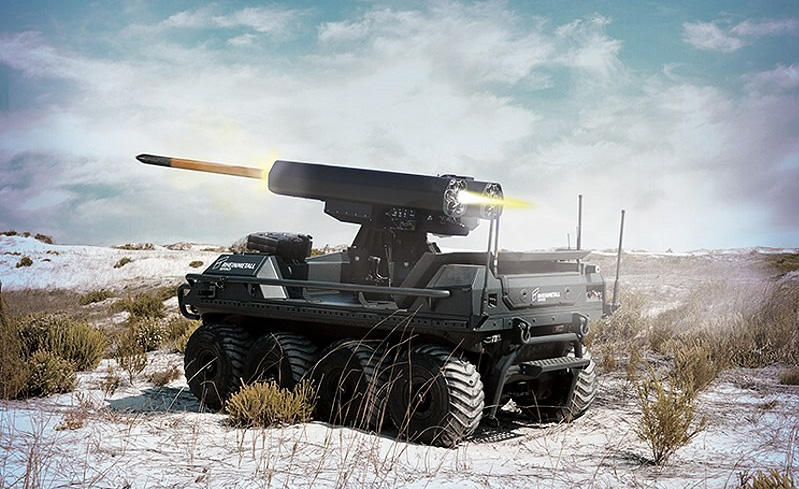 Picture: Rheinmetall Canada's Canadian division tested a Mission Master robotic vehicle armed with a pair of missile containers for a total of fourteen Thales 70 mm calibre missiles in 2019. | Rheinmetall Canada
Picture: Rheinmetall Canada's Canadian division tested a Mission Master robotic vehicle armed with a pair of missile containers for a total of fourteen Thales 70 mm calibre missiles in 2019. | Rheinmetall Canada
We asked Colonel Mazal the following question regarding European cooperation in the field of artificial intelligence:
Are there European projects dealing with AI in the armed forces, for example, under the PESCO initiative?
Yes, there are, the boom of application of artificial intelligence in all areas of human activity, which started a few years ago, has of course been reflected in the topics of EDA projects. Lately it is rather the case that you can actually find AI almost everywhere, even if it is not in the title, the project usually includes/includes/needs it somehow, so there has been a dramatic change in this field. However, the EU and European armies would have benefited greatly from this change at least a decade earlier.
However, in the above-mentioned areas, we must not forget the other side of the coin, which is the fight against these means. The introduction of the aforementioned means into its own armament will enable the Army to develop standard operating procedures to effectively combat unmanned ground vehicles and standby munitions. Indeed, the latter may become one of the first new technologies that Czech soldiers will encounter on the battlefield in the coming years.
















